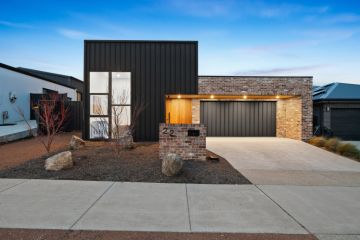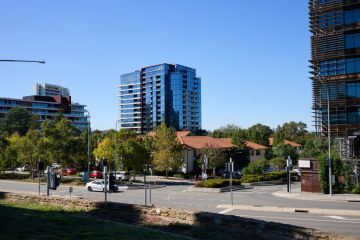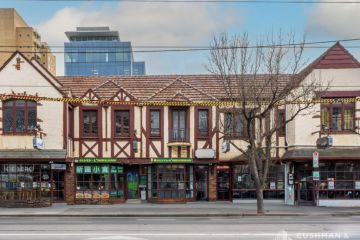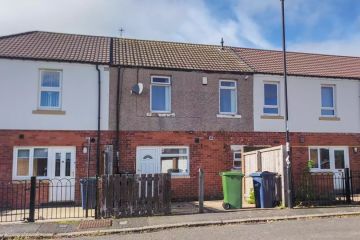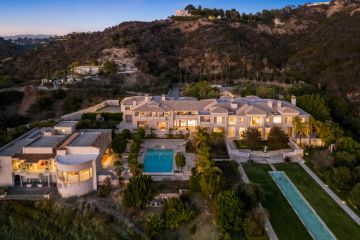Melbourne's sandbelt undergoes an apartment development boom
It’s known as the sandbelt – the stretch of suburban Melbourne that starts at Brighton and heads south and east. And for years, it has attracted people for that very reason: it was suburban.
But as Melbourne’s development boom has pushed outwards, sandbelt residents have found that construction is, quite literally, on the way up.
More and more swaths of what were once low density areas are being swallowed up by the ballooning number of apartment developments.
Property analysts say there is a demand for apartment living along the sleepy sandbelt, but some residents — now very familiar with the cranes changing the face of their neighbourhood — fear that suburban character is at risk.
Developers are zoning in on the south east as the city’s population continues to mushroom, figures show, attracting young professionals and families to more dense and less expensive housing options.
The City of Kingston alone is estimated to boom by an additional 24,000 people by 2031. Alongside it, apartment numbers are on track to explode from 1 per cent of all homes in the council in 2011 to 16 per cent of all housing stock.
The number of unit approvals given the go-ahead by council more than doubled in the first nine months of 2016 compared to 2015, according to Australian Bureau of Statistics figures, with the biggest jump seen in Highett and Cheltenham.
It was a serious concern for the community and was continually raised by residents at planning meetings, City of Kingston deputy mayor Rosemary West said.
“People often say, ‘if we wanted to live in St Kilda, we would have moved there,” Cr West said. “We wanted to live here because we don’t want high density development … I personally don’t think we have to accept unlimited population.”
But developers and industry experts say the demand from the market is clear.
A bumper crop of projects is attracting owner occupiers at a much higher rate than the inner-ring market, which is often skewed towards local and offshore investors. Research by the City of Kingston shows 68 per cent of apartment dwellers in the council own or mortgage their home — most of whom are younger than the rest of the municipality.
Urbis director of economics and market research Mark Dawson said, much like the rest of Melbourne, young buyers have rippled out into more affordable parts of the city. But in the south-east, the linear train and road system allows them to stay within a corridor full of amenities and their personal networks.
“So the ripple can spread further and further without impacting too much on travel times,” Mr Dawson said.
He said unlike blue-chip suburbs on the bay, which have limited opportunities for development, there is an availability of large land holdings to attract the cranes into the south east.
Domain Group chief economist Andrew Wilson said the interest from developers was a clear extension of energy from the inner-south unit market, which was buoying the citywide unit market with its recent growth.
“Buyers are queuing up to get into anything in traditional bayside areas, from Beaumaris to Brighton,” Dr Wilson said. “But it may be easier for developers [in the south east] if there’s not as much ‘not-in-my-backyard’ energy than in those blue-ribbon bayside suburbs.”
The inevitable question of oversupply is one Angie Zigomanis of BIS Shrapnel said developers would closely watch.
“In essence, [the south east] is starting from such a low base, so it’s difficult to tell how much latent demand there is because they don’t really know what the average level of demand for apartments in the area is.”
But the high proportion of owner occupier buyers, rather than investors looking for tenants, may help ease concerns of oversupply, he said.
Developers like Cedar Woods say about 70 per cent of projects, like their Clayton South development Wattle Apartments, are bought by owner occupiers. State manager Patrick Archer said the popularity of such projects showed a change in the perception of suburban apartment living.
“Not everyone wants to live in the inner suburbs,” Mr Archer said. “There’s a whole lot of single person households and couples who want the lifestyle, the travel opportunities and entertainment, but don’t necessarily need a traditional house.”
States
Capital Cities
Capital Cities - Rentals
Popular Areas
Allhomes
More
